Occasional rain showers.
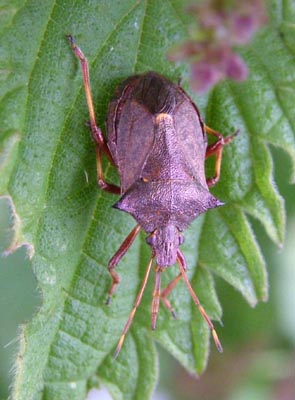

I've been having discussions about Eristalis intricarius and the fact that I've only ever found it in one very small patch. Suddenly it appears on my favourite stretch of hedgerow.
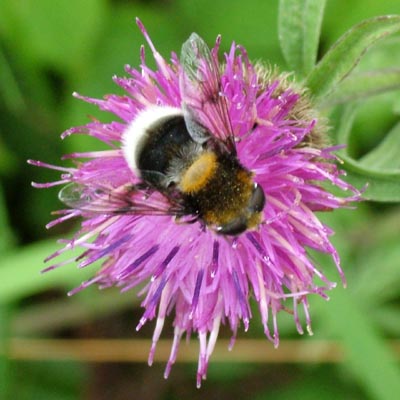
Two tiny beetles. The specimen on the right appears to be Byturus tomentosus - the Raspberry Leaf Beetle.
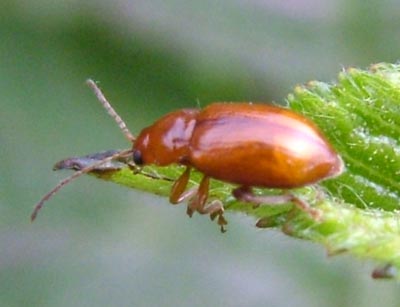


This larva was also on Raspberry. I haven't a clue if it's a Sawfly or Moth.
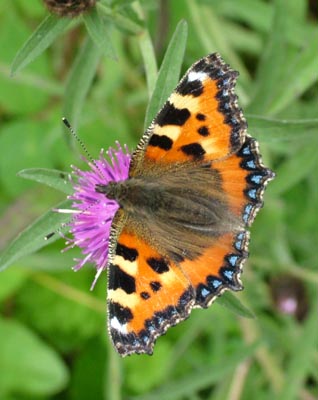
Second generation Small Tortoiseshells continue to be seen in good numbers. I see them every day. Contrast this with 2004 when I saw a single one the whole year.
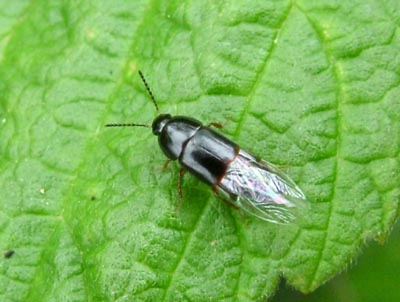
I watched this little (8mm) Rove Beetle land and then carefully fold its wings away.
Udea lutealis is one of the larger micromoths at about 15mm. long.
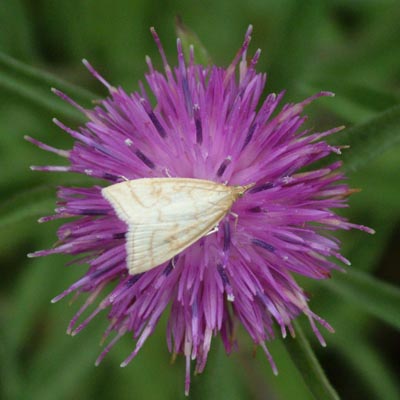
The ichneumon that I've been tracking for the past 3 years is laying almost a month earlier than last year. In fact, she's laying into buds of Knapweed rather than ones which have gone to seed. The timing of the laying depends on the host larva already being in place, so the emergence of the ichneumon and the fly must be very closely synchronised. I have no doubt that the good summer has brought forward the timescale, but both wasp and fly must react in exactly the same way.
Macrocentrus sp., a Braconid.
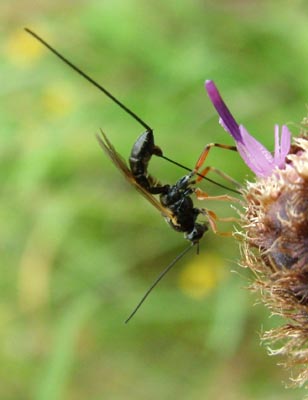
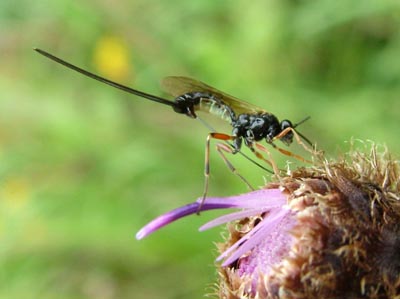
One thing I haven't shown before is the actual egg insertion position. I usually show the ovipositor almost fully retracted (there's more to see), but this photograph shows the moment where the ovipositor is fully extended into the flower head (and into the host larva). The movement is done with a vigorous thrust.

Notice that the wasp has lost most of the right antenna, but the other does the job just as well.